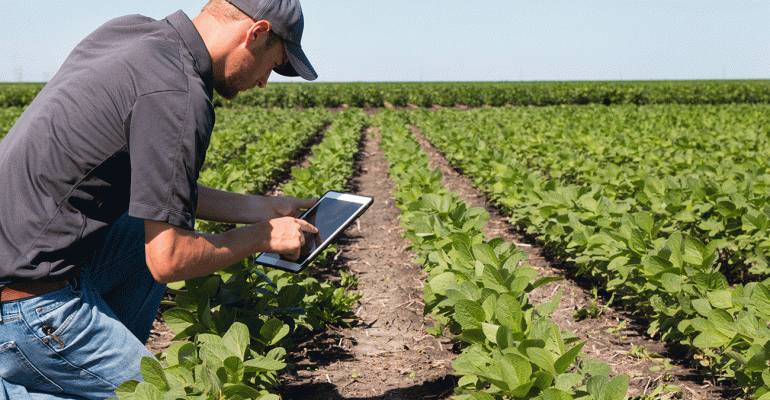American farmland is a limited commodity. It’s highly valuable and relatively hard to come by: while roughly 90 million acres was expected to change hands between 2015 and 2019, much of this transfer activity was expected to happen through inheritance.
If you have a client who’s fortunate enough to inherit farmland, they’ll likely need advice on the best way to manage this important asset, as this opportunity for financial growth doesn’t come around every day.
Whether or not you have experience with farmland investment, there are many resources available to help you and your client assess the condition of the farmland and their options. To get you started, here’s what you need to know to advise new farmland owners who come to your door.
How to Come up with an Accurate Valuation of Your Farmland
As with any land assessment, coming up with an accurate valuation for farmland is an important first step. Your client should hire a qualified appraiser to assess the condition and the price of the inherited farmland. If they’re not sure where to begin, the American Society of Farm Managers & Rural Appraisers (ASFMRA) provides resources to help locate a farmland appraiser near you.
When discussing the appraiser’s report, don’t forget that the market value is not equal to what the farmland is worth to your clients: a small family farm that’s been passed down between generations is likely to be invaluable to the people who inherit it.
Evaluate Soil, Yields, and the Current Farmer’s Performance
To ensure that the land retains its value in the long-term, it needs to be well cared for. To get a sense of how upkeep has been going, there are a few approaches you can take:
- Evaluate the current lease: Does it include data delivery requirements and sustainable tillage practices? Is the current farmer meeting all their requirements? If so, you may be able to access data that will help you get a more complete view of the farmland’s performance in recent years.
- While every farm is different and microclimates can have a huge impact on yields, you can compare your farmer’s recent yields against county averages. This data is available on the USDA website.
- Soil health tests and input receipts can help you get a picture of how the soil has been cared for and what kind of investment a new landowner might need to make to improve the condition of the property.
The Big Question: To Keep or Sell the Family Farm?
Because of its relative scarcity and high value, it’s rarely the right move to sell inherited farmland. However, it takes time and engagement to maintain healthy soil and strong yields. If your client decides to keep their land but doesn’t want to farm it themselves, they’ll need to decide how to manage their farmland rental.
There are two situations in which selling may seem particularly appealing, but that doesn’t mean it’s the best option:
- If your client is near retirement and looking for a liquidity event, they may not think they’ll hold this asset for long enough to build more value for their family than they’d get if they were to sell their land right away. It may even seem like the costs and initial work they’d need to put into ensure it’s properly managed are more than they’re prepared to take on. But this isn’t necessarily the case, and there are options available.
- If your client has inherited farmland along with a group of family members, it may benefit them to seek outside counsel from the farming community before making any decisions around sale or investment. You can always refer a client to their local ag extension, as these offices often employ farmland transition experts that advise families during these moments of change. These counselors can talk your clients through whether they’d like to sell or rent their inherited farmland from a place of personal experience, as many have gone through similar transitions.
Whatever situation a new farmland owner is in, the good news is that time is on the side of deliberation. It typically takes about a year to effectuate a farmland transfer, so there’s no need to rush into making any decisions about the future of this asset.
Farmland's Place in an Investment Portfolio
American farmland is typically a cornerstone to major insurance companies’ portfolios because it’s stable and highly valuable, which suits their objectives well. These same investment characteristics also make it very attractive to investors who are looking for a balanced portfolio: it’s a low-risk, high-return investment with a negative correlation to equities and a positive correlation to inflation. It has a high Sharpe ratio, and the addition of farmland to a mixed portfolio typically positively impacts the efficient frontier. So, what’s not to love?
Well, that depends on your client’s individual needs and goals, and only you know what they’re trying to achieve and on what timeline. While it’s impossible to say from here exactly how farmland will impact your client’s portfolio, if your client inherits farmland, it’s worth it for them to take the time to assess their interest in maintaining and growing this asset into a passive (or active) source of income until they’re ready to pass it along to the next generation.
Corbett Kull is co-founder and CEO of Tillable, the farmland rental management platform, which helps landowners optimize returns and helps farmers access land to expand operations.





